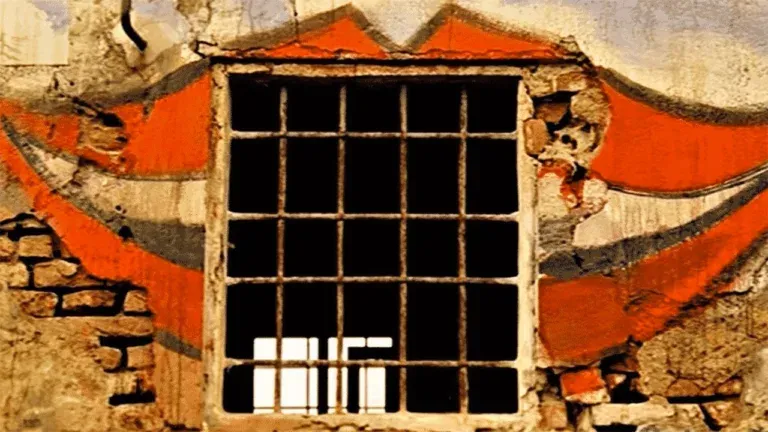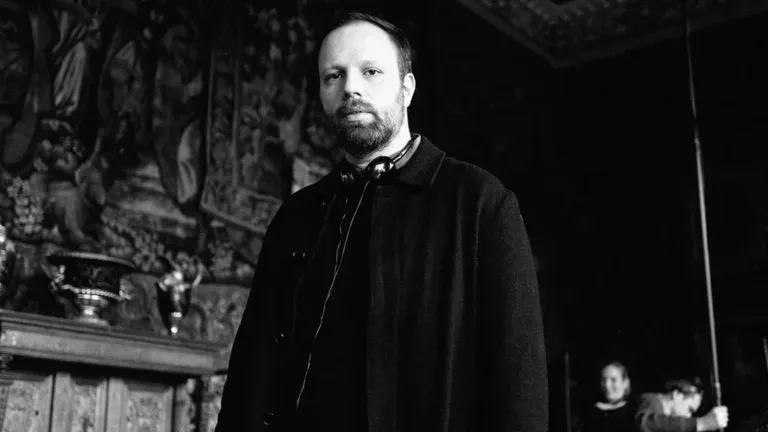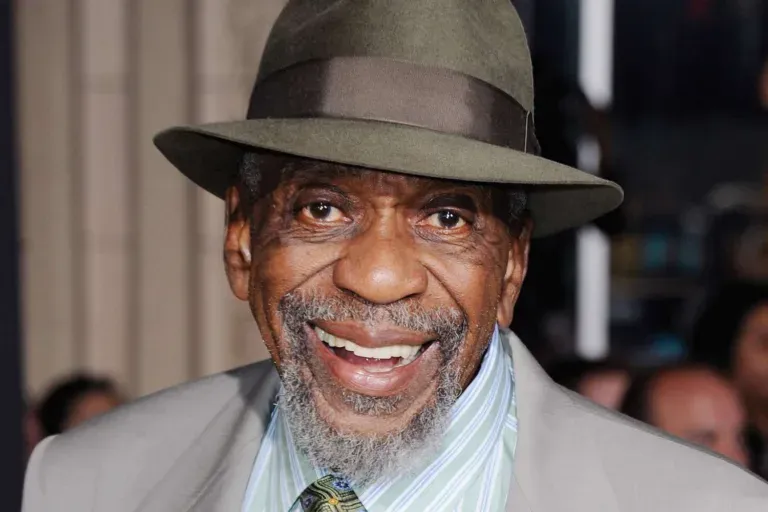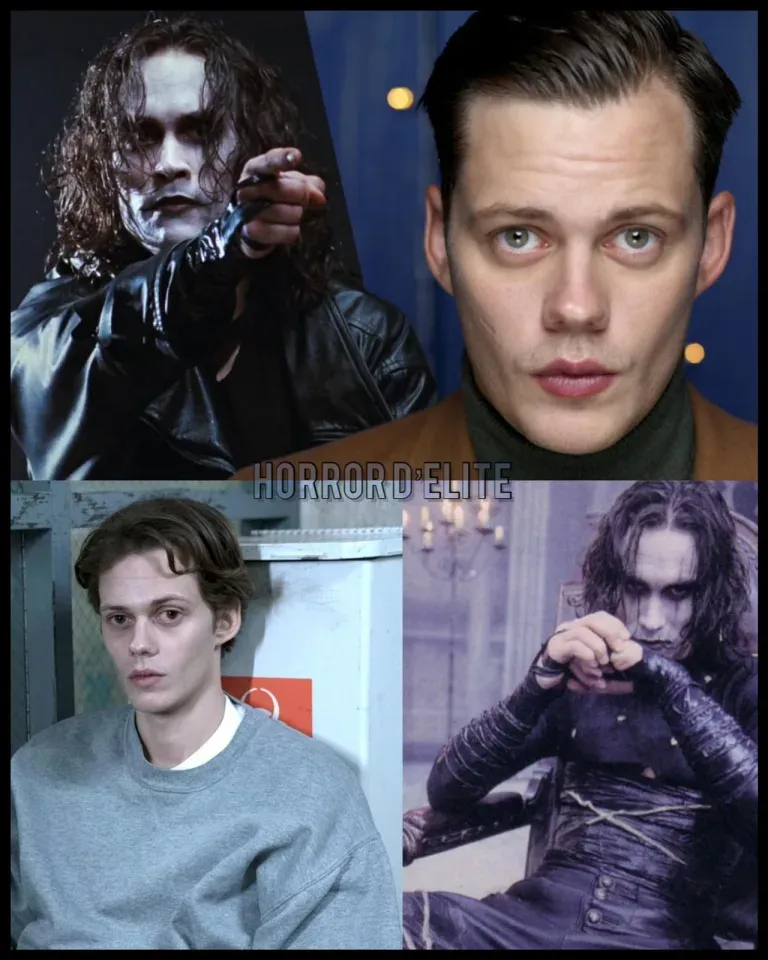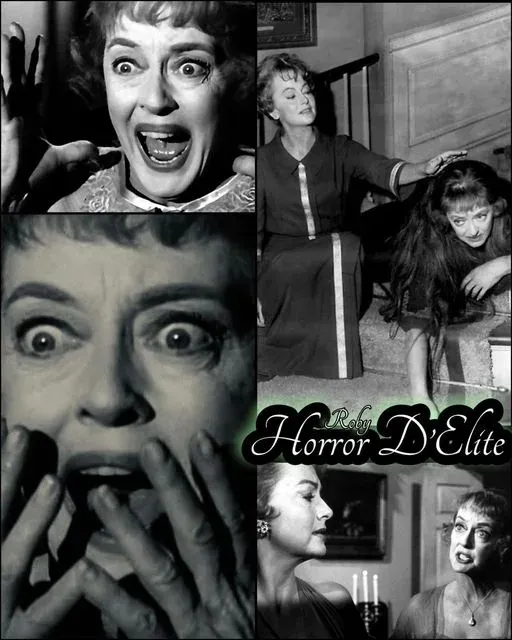Bela Lugosi
Bela Lugosi, the quintessential shapeshifter of the Horror world.
Today we want to pay homage in our column to one of the greatest icons of horror cinema of all time:
The Hungarian-American actor, Bela Lugosi.
Remembered as the one who masterfully portrayed the most famous vampire in history: Count Dracula, born from the imagination of Bram Stoker.
In 1921, Lugosi emigrated to the USA, where his first major theatrical role was that of Dracula in a show that achieved enormous success on Broadway.
When he reprised the role of Dracula in the film version by Tod Browning (Dracula in 1931), it was clear that American cinema had found a villain of diabolical greatness.
Lugosi starred in many horror films; however, he became “trapped” in the character of Dracula, and his subsequent portrayals nearly turned into a parody of himself, leading to an inexorable decline in his career…
He died of a heart attack in 1956. Legend has it that he was buried with his famous cape of the Prince of Darkness.
Quotes from our dear Vampire“Heads must be cut off so that they do not speak nonsense. Afterwards, they judge and can even be listened to.”
“I have never met a vampire in person, but who knows what the future may hold for us! After all, I remain the King of Vampires.”
The piece begins with a soft battery, an almost muffled and distorted percussion that introduces the sound of a slow, deep bass like the night.
Then follow electric scratches from a possessed guitar in semi-cacophonic sounds. The black harmony takes shape in a funereal waltz, and the voice from beyond completes the procession towards the crypt:
White on white translucent black capes
Back on the rackBela Lugosi’s dead
The bats have left the bell tower
The victims have been bled
Red velvet lines the black box
Bela Lugosi’s dead
Undead undead undead
The virginal brides file past his tomb
Strewn with time’s dead flowers
Bereft in deathly bloom
Alone in a darkened room
The count
Bela Lugosi’s dead
Undead undead undead
Bela Lugosi’s Dead: is the text of the dark poem sung by the Bauhaus, the English post-punk group that pioneered darkwave in the late ’70s to early ’80s.
The piece is sung by the baritone voice of Peter Murphy, a charismatic, dry, nervous, sharp skeleton from the stage residing in Istanbul, and it is a milestone in the history of dark or gothic rock.
On the cover of the single, frames from old films Les Vampires and The Cabinet of Dr. Caligari already give an idea of what one will listen to on the turntable.
Translucent black coats. The bats have left the bell tower.
The victims have been bled. Bela Lugosi is an undead.
Undead undead undead. The virginal brides file past his tomb strewn with old dead flowers. Oh Bela. Bela is undead.
Bela Lugosi is NOT Dead: he lives, he is the vampire.
What are your memories of this timeless cinema myth, the quintessential shapeshifter of the Horror world and bloodthirsty souls?!?



